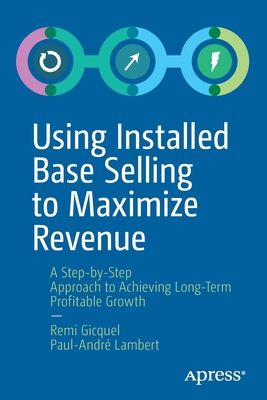Designing Knowledge Management-Enabled Business Strategies: A Top-Down Approach (Management for Professionals)
暫譯: 設計知識管理驅動的商業策略:自上而下的方法(專業管理)
Sanjay Mohapatra, Arjun Agrawal, Anurag Satpathy
- 出版商: Springer
- 出版日期: 2016-07-21
- 售價: $2,390
- 貴賓價: 9.5 折 $2,271
- 語言: 英文
- 頁數: 196
- 裝訂: Hardcover
- ISBN: 3319338935
- ISBN-13: 9783319338934
海外代購書籍(需單獨結帳)
商品描述
This book provides a practical approach to designing and implementing a Knowledge Management (KM) Strategy. The book explains how to design KM strategy so as to align business goals with KM objectives. The book also presents an approach for implementing KM strategy so as to make it sustainable. It covers all basic KM concepts, components of KM and the steps that are required for designing a KM strategy. As a result, the book can be used by beginners as well as practitioners.
Knowledge management is a discipline that promotes an integrated approach to identifying, capturing, evaluating, retrieving, and sharing all of an enterprise's information assets. These assets may include databases, documents, policies, procedures, and previously un-captured expertise and experience in individual workers. Knowledge is considered to be the learning that results from experience and is embedded within individuals. Sometimes the knowledge is gained through critical thinking, watching others, and observing results of others. These observations then form a pattern which is converted in a ‘generic form’ to knowledge. This implies that knowledge can be formed only after data (which is generated through experience or observation) is grouped into information and then this information pattern is made generic wisdom. However, dissemination and acceptance of this knowledge becomes a key factor in knowledge management. The knowledge pyramid represents the usual concept of knowledge transformations, where data is transformed into information, and information is transformed into knowledge. Many organizations have struggled to manage knowledge and translate it into business benefits. This book is an attempt to show them how it can be done.
商品描述(中文翻譯)
本書提供了一種實用的方法來設計和實施知識管理(Knowledge Management, KM)策略。本書解釋了如何設計 KM 策略,以使商業目標與 KM 目標保持一致。本書還提出了一種實施 KM 策略的方法,以使其可持續發展。它涵蓋了所有基本的 KM 概念、KM 的組成部分以及設計 KM 策略所需的步驟。因此,本書適合初學者和實務工作者使用。
知識管理是一門促進整合方法的學科,旨在識別、捕捉、評估、檢索和分享企業的所有信息資產。這些資產可能包括數據庫、文件、政策、程序以及個別工作者之前未被捕捉的專業知識和經驗。知識被視為從經驗中獲得的學習,並嵌入於個體之中。有時,知識是通過批判性思考、觀察他人以及觀察他人結果而獲得的。這些觀察然後形成一種模式,並轉換為「通用形式」的知識。這意味著知識只能在數據(通過經驗或觀察生成)被歸類為信息後,然後這種信息模式被轉化為通用智慧。然而,這種知識的傳播和接受成為知識管理中的關鍵因素。知識金字塔代表了知識轉換的通常概念,其中數據轉換為信息,信息轉換為知識。許多組織在管理知識並將其轉化為商業利益方面面臨挑戰。本書旨在展示如何實現這一目標。













